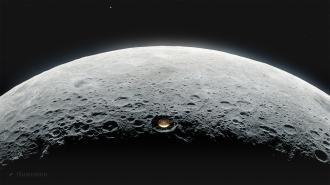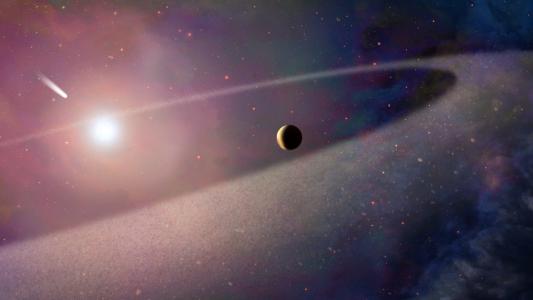This article is an installment of Future Explored, a weekly guide to world-changing technology. You can get stories like this one straight to your inbox every Thursday morning by subscribing here.
A massive radio telescope on the moon could unravel the mysteries of the “Cosmic Dark Ages” — if NASA can build it before the lunar surface gets too crowded.
The Cosmic Dark Ages
Light is the fastest thing in the universe, moving at a blistering 186,000 miles per second in the vacuum of space, but because space is massive, it can still take a long time for light from distant objects to reach Earth.
That means when you look at something far away in space, what you’re actually seeing is what it looked like deep in the past, when the light first began its journey. Light from the North Star, for example, takes 320 years to reach Earth, so when you look at that star, you’re seeing what it looked like 320 years ago.
Visible light is just one type, and NASA studies light from all along the electromagnetic spectrum to glean as much information about the universe as possible. The Hubble Space Telescope, for example, observes visible light, while the Fermi Gamma-ray Space Telescope detects gamma rays.
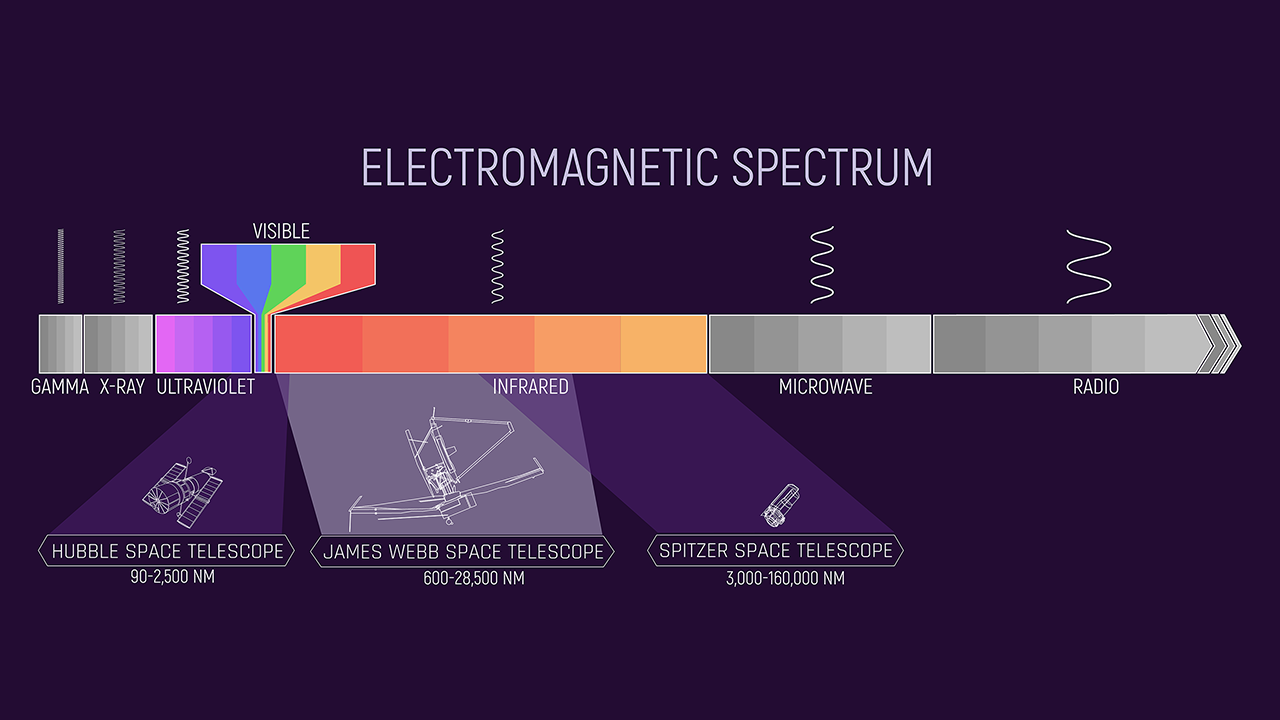
While having all these instruments measuring all these types of light has revolutionized our understanding of the universe and its history, we still know very little about what was going on from 380,000 to 400 million years after the Big Bang.
This was a hugely important period in our universe’s history — it’s when the first stars and galaxies were born — but a fog of hydrogen gas filled the universe during this time, trapping any visible or infrared light emitted from those early celestial bodies.
We now refer to this period as the “Cosmic Dark Ages,” and astronomers are desperate to know what was happening during it.
“We care about those first stars because we care about our own origins — I mean, where did we come from? Where did the sun come from? Where did the Earth come from? The Milky Way?” Jack Burns, a cosmologist at the University of Colorado Boulder, explained to Wired in 2021.
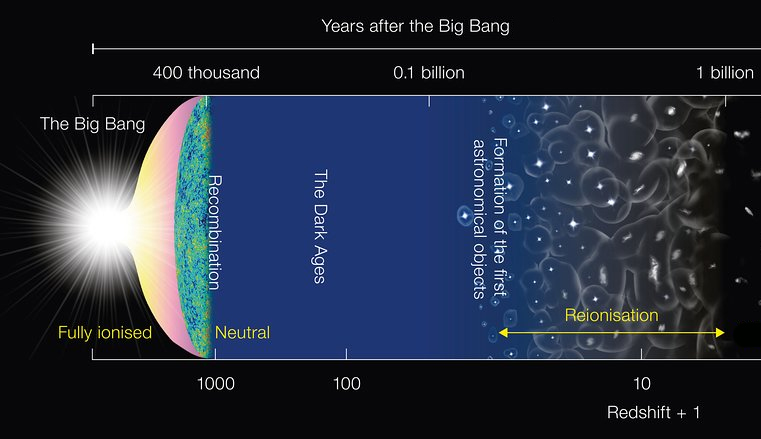
To the moon
Astronomers believe our best bet for answering these questions is to look for the faint radio waves emitted by the hydrogen atoms that were ubiquitous during the Cosmic Dark Ages.
The problem is we can’t detect those signals on the Earth due to interference, not only from our many electronic devices but also because of the ionosphere, a layer of atmosphere that reflects radio signals.
A radio telescope on the moon, though, might be able to detect them. That vantage point would avoid the ionosphere, and we wouldn’t have to worry about interference from electronics if we built the telescope on the “dark side” of the moon — the side that always faces away from Earth.
NASA is currently considering several missions to deploy radio telescopes on the far side of the moon and unravel the mysteries of the Cosmic Dark Ages.
LuSEE-Night
Before investing in a large radio telescope on the moon, NASA is teaming up with the Department of Energy (DOE) to send a small instrument, known as LuSEE-Night (Lunar Surface Electromagnetics Experiment – Night), to the moon as soon as 2026.
While it’s possible that LuSEE-Night will be able to measure radio waves from the Cosmic Dark Ages during its two-year-long mission, the initiative’s main goal is to prove a radio telescope can survive on the moon’s far side, where temperatures swing from 250°F to -280°F.
If LuSEE-Night can withstand those harsh conditions, NASA could use the device as the basis for more elaborate moon telescopes in the future.
“LuSEE-Night is a fascinating experiment that will get us closer to observing something we’ve never been able to before — the Dark Ages signal,” said Asmeret Asefaw Berhe, director of the DOE’s Office of Science. “With this collaboration, DOE and NASA are setting conditions for successful exploration of the Dark Ages cosmology in the decades to come.”
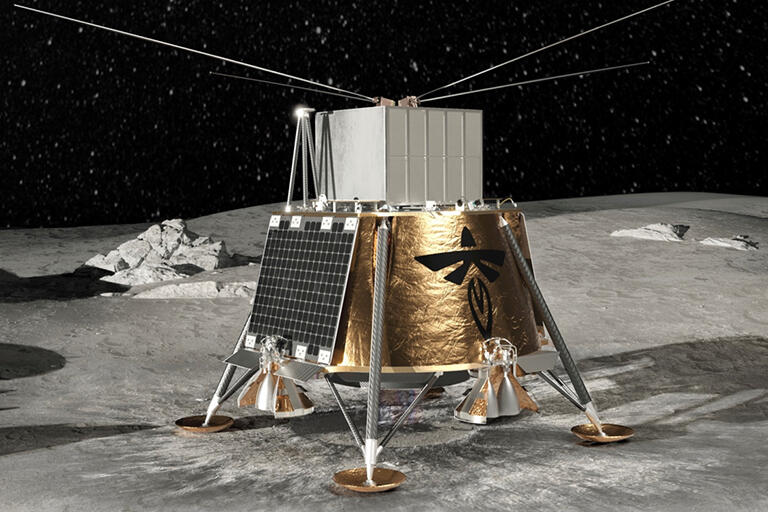
The FarView Observatory
NASA isn’t waiting for the results of the LuSEE-Night mission to start developing the instrument’s more elaborate successors.
In January 2023, it announced that it would be giving Texas-based startup Lunar Resources funding for a phase 2 study of the FarView Observatory — a gigantic lunar telescope that would be made almost entirely from resources mined on the moon.
According to Lunar Resources, the plan is for teams of engineers and robots to extract materials from lunar regolith and then use those materials to make and assemble the observatory’s antennas, solar cells, power lines, and more on site.
If NASA decides to move forward with the project, construction could begin as soon as 2030, and once finished, the FarView Observatory’s antennas would span an area larger than Washington, DC.
“The scale, scope, and sensitivity of this radio array is orders of magnitude greater than other space-based concepts and could enable major breakthroughs in understanding of the origins of our universe and a wide range of other science disciplines,” said study leader Ronald Polidan.
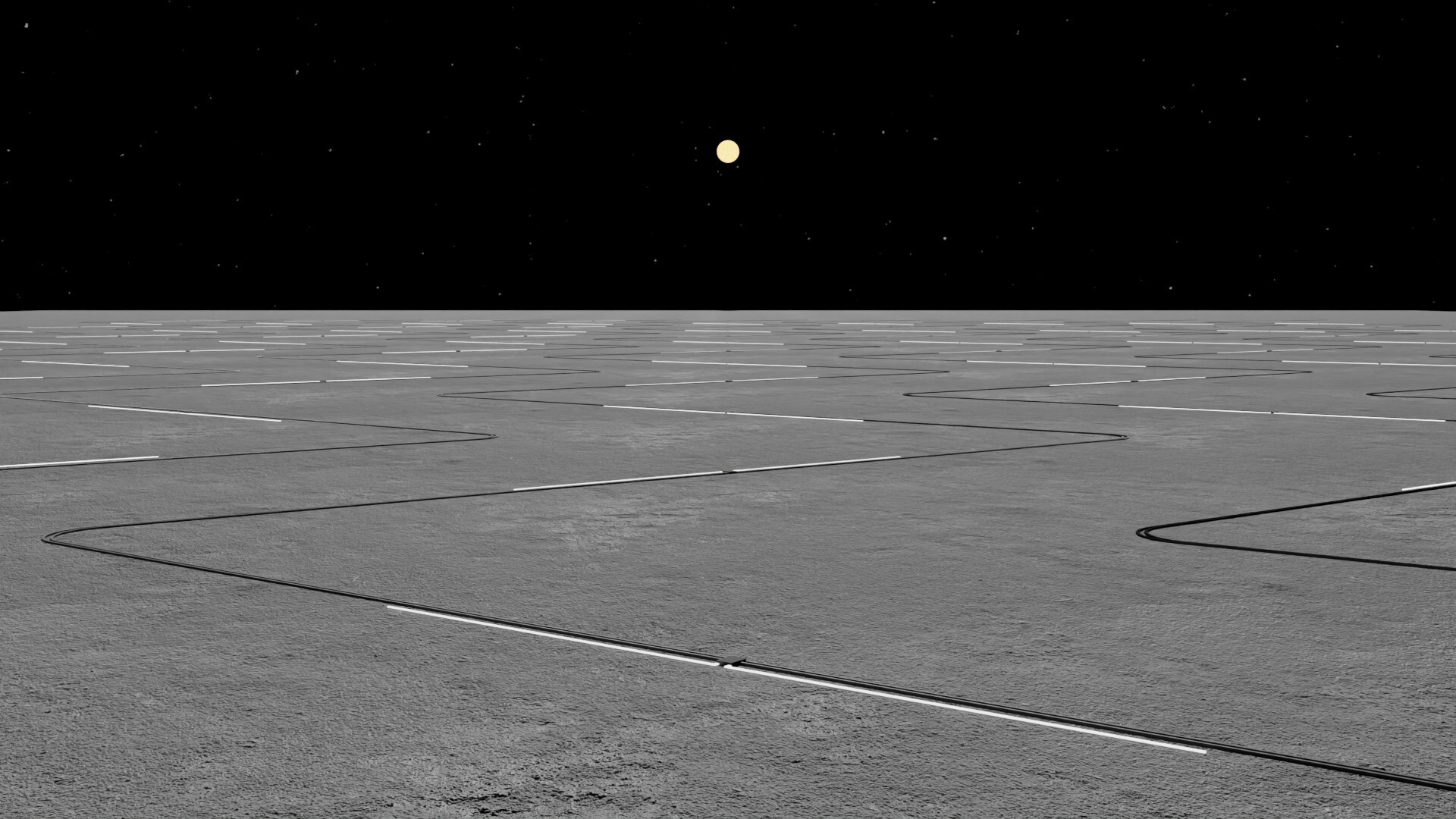
The Lunar Crater Radio Telescope (LCRT)
FarView isn’t the only in-development lunar telescope designed to take advantage of existing resources on the moon. NASA is also funding development of a concept that would build a radio telescope inside a lunar crater, which is already the right shape to support the structure.
This project, the Lunar Crater Radio Telescope (LCRT), would start with the delivery of two payloads to the moon: one containing wire mesh and the other containing an in-development autonomous rover system called “DuAxel.” The rover system could then use the mesh to construct a kilometer-wide antenna inside a 3-5-km wide crater.
“DuAxel solves many of the problems associated with suspending such a large antenna inside a lunar crater,” said Patrick Mcgarey, a member of the LCRT team. “Individual Axel rovers can drive into the crater while tethered, connect to the wires, apply tension, and lift the wires to suspend the antenna.”
During the current phase of the project, a major point of focus will be on the design of the wire mesh, which will need to be strong, flexible, lightweight, and capable of withstanding the wild temperature fluctuations on the far side of the moon. The team will also explore other construction options, such as the use of harpoons to anchor the wire to the moon’s surface.

A quiet place
NASA’s plans to use a radio telescope on the moon to unravel the mysteries of the Cosmic Dark Ages will only work if the moon is still “radio quiet” when the telescope is deployed — but more than 250 missions to the moon are expected to launch within the next decade, and those spacecraft could interfere with the faint radio signals.
Radio astronomers have been concerned about this possible interference for decades, and they’re now urging the United Nations to recognize part of the moon’s far side as an internationally protected area, preventing its use for activities that could compromise radio telescopes.
“There is now widespread recognition that we need governance for this forthcoming lunar renaissance,” political scientist Alanna Krolikowski told attendees at the Royal Society of London’s Astronomy from the Moon: The Next Decades conference in February. “The window in which to do that is small — and shrinking.”
We’d love to hear from you! If you have a comment about this article or if you have a tip for a future Freethink story, please email us at [email protected].
